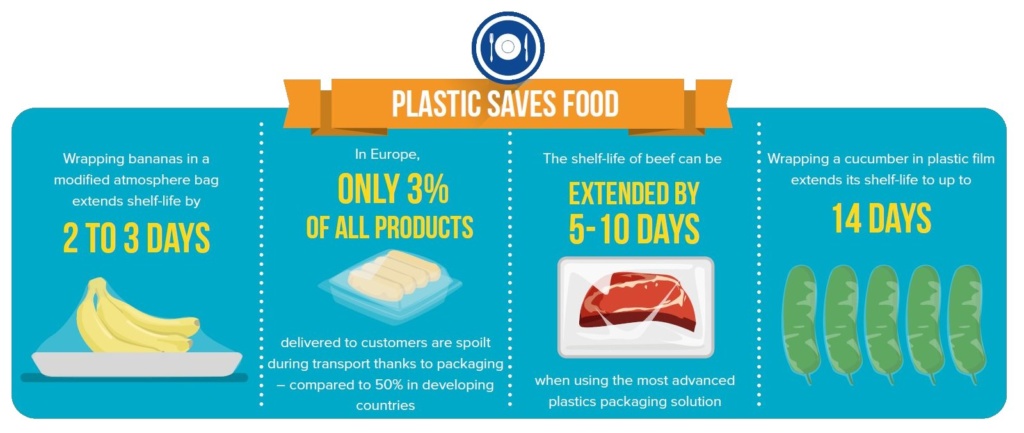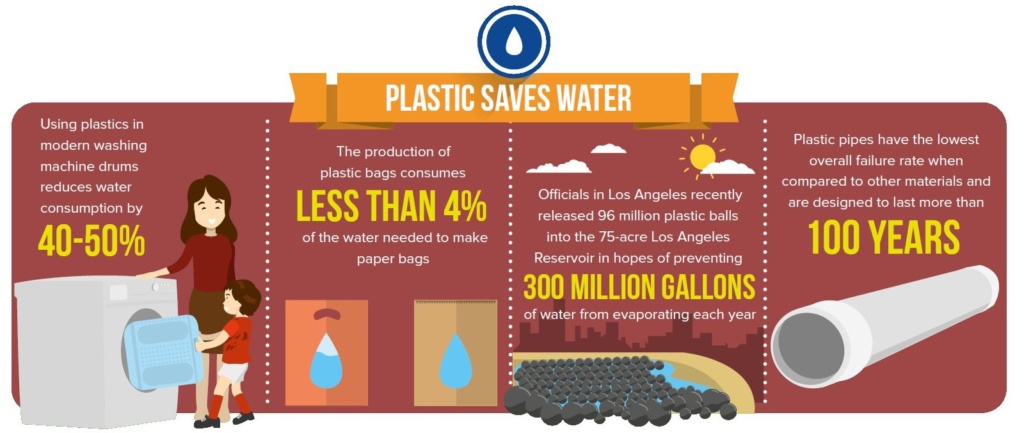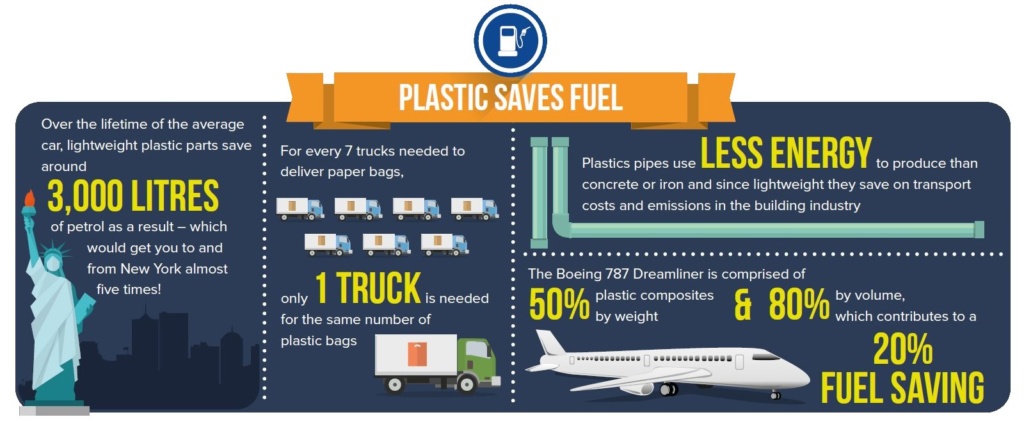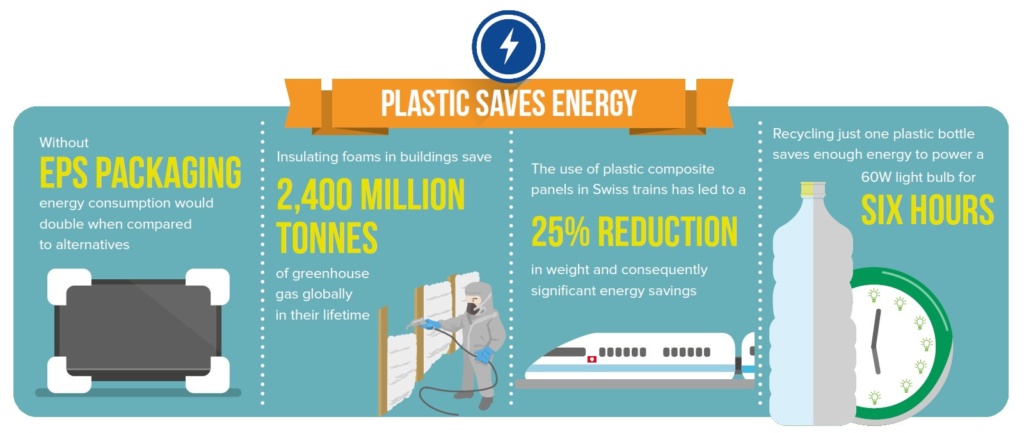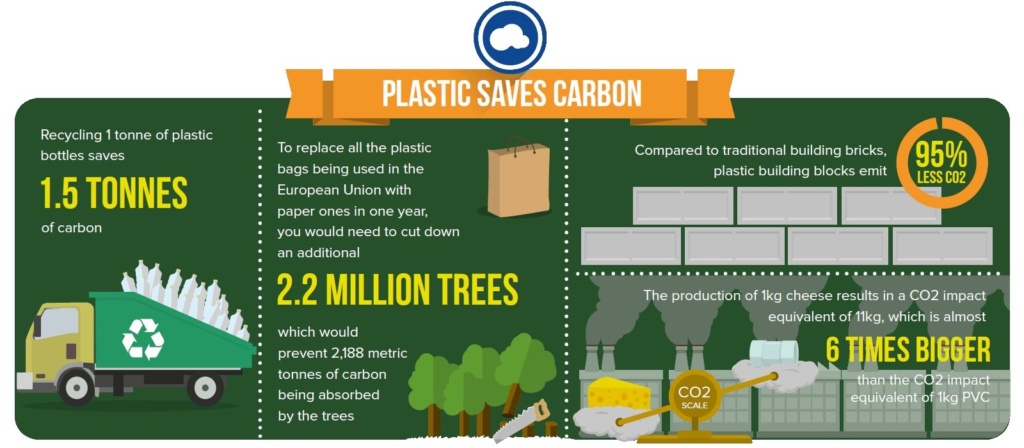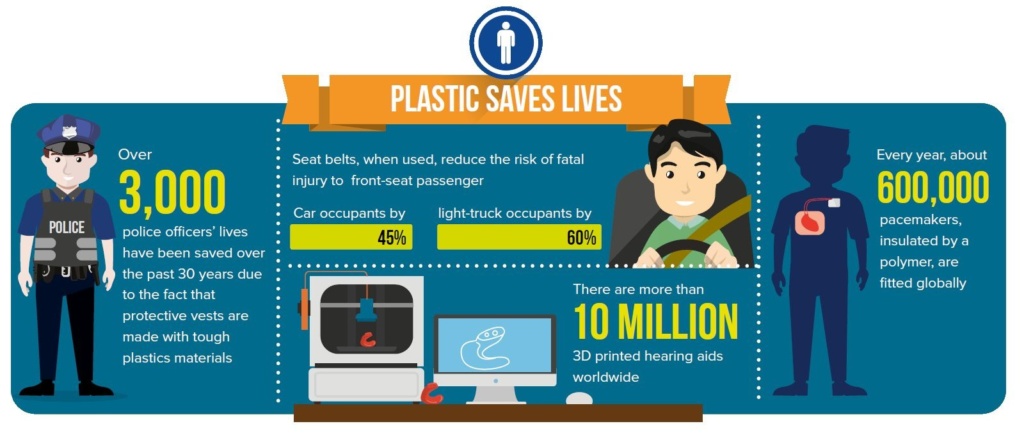The government has announced in its 25 year environmental plan that it intends, in conjunction with supermarkets, to explore the introduction of plastic free aisles in which food and produce is sold loose. TCL believe that such a move requires very careful consideration. Removing plastic packaging would also remove the many benefits that plastic packaging provides.
TCL Packaging is very concerned that Plastic materials are receiving such unbalanced publicity at the present time. The general public is rightly concerned about how we manage packaging at ‘end-of-life’. But only by improving our understanding of this issue and increasing investment in both recycling infrastructure and innovative technologies designed to tackle waste can we effectively reduce environmental harm.
The British Plastics Federation have produced a series of infographics which illustrate the important role of plastic materials in a number of different applications and which highlight their many important benefits.
Source: http://www.bpf.co.uk/polymer-zone/plastic-saves/default.aspx
In the case of food packaging, the removal of plastics and the creation of “plastic free aisles” in supermarkets will actually create more food waste. According to the British Plastics Federation, ‘food waste typically increases by a third in stores without packaging’.
Increased shelf-life – Plastic packaging serves an essential purpose in the transportation, storage and protection of food. The barrier properties provided by plastic materials will ensure that food maintains its taste and prevent external contamination and prevent the spreading of germs during its manufacture, transportation and display in stores. Transparent packaging allows the customer to view the product without having to touch it and therefore it prevents the bruising / damage of fresh produce. Removing plastic packaging will lead to significantly increased food waste and growing and transporting food consumes a lot more energy than that used to make the packaging protecting it.
Energy consumption – there is a significant amount of misinformation in the media about the consumption of oil and gas as a raw material used in the production of plastic packaging. In fact, the usage of oil and gas in this application is dwarfed by alternative materials. Plastics News Europe data has indicated that “only 1.5% of all oil and gas consumed in Europe is used as a raw material to produce plastic packaging, whereas 90% of it is used for heating, transportation and energy generation. If food was packed using other materials than plastics, the related energy consumption would double and greenhouse gas emissions would nearly triple. This would also be accompanied by a 360% increase in the weight of the packaging!”
The true cost of alternatives – We need to consider why plastics were first introduced by looking at the alternatives – metal, glass and cardboard. There has been an intention from a health and safety point of view for some years now to remove glass bottles from shelves as they can easily smash and cause injury and waste. Furthermore the transportation of heavy glass bottles from an economic and environmental perspective is prohibitive. The carbon footprint of metal manufacture is of significant detriment to the environment. Cardboard packaging is often assumed to be greener however the energy needed for pulp manufacture remains a problem. Particularly when you consider the entire life of paper and cardboard embodies more greenhouse gases than their plastic equivalents. These products take substantial amounts of energy, crushing trees, mixing wood pulp into slurry and passing the material through large scale processing equipment – it’s the third largest industrial user of energy on the planet. Not to mention, the large volumes of highly polluted waste water created from cardboard and paper manufacturing. Paper and cardboard simply doesn’t last, while plastics can be recycled into new products. Plastics aren’t a significant cause of CO2 pollution like cardboard. Plastic packaging retains its value beyond end-of-life if it is effectively sorted and recycled.
Conclusion
Plastic packaging offers a lightweight, flexible, safe, hygienic and cost effective choice with the shelf-life requirements that consumers and retailers demand. It is a greener solution too, if plastics packaging is designed from the outset to satisfy ‘end of life’ recycling.
Plastic food packaging has a net positive effect on carbon footprint in comparison to most other food packaging materials such as metal, glass and cardboard due to the lower weight and functionality as well as when it is compared to not using any packaging at all through the significant reduction in food waste that plastic packaging provides.
TCL Packaging are fearful that if we continue down this route of removing plastics packaging it will be like turning the clock back to an era of shorter shelf-life, far greater food waste and increased CO2 pollution. We need to create more awareness and education around the key issues and be mindful of the solutions that plastics were designed to provide in the first place.
As a responsible and ethical supplier TCL Packaging shares the objective of minimising plastics waste through maximising recycling. There is a great need to bring around reforms to regulatory regimes governing packaging recovery and recycling including embracing a more positive domestic recycling culture that is not dependent upon the export of waste for recycling overseas.
TCL Packaging supports initiatives that prevent plastic littering entering our oceans and it is right that the UK, alongside other developed nations, should set an example of best practice. It is a fact that the vast quantity of plastics in the seas arrive there from the less developed economies of Asia, which have rudimentary waste management systems. Plastics get into the seas by a number of routes and each route needs to be dealt with separately. In the case of the UK there needs to be a tougher stance on littering. It is highly unlikely that providing alternative packaging materials will reduce littering in the UK since this is an issue of consumer behaviour. It’s important to note that the types of products that enter the marine environment from the UK are those that have been irresponsibly littered rather than packaging materials for fresh produce that are typically consumed at home and then disposed of responsibly.
Mark Clayton, Managing Director
